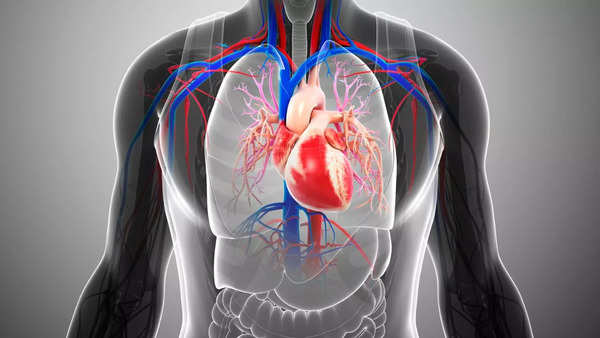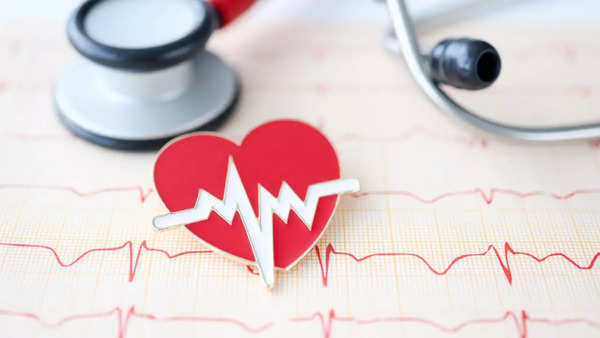The heart is the body’s main source of energy. It may significantly impact our daily emotions when it’s in good condition. So, how can we determine the health of our hearts? Following are the five top indicators that could mean that our heart is functioning at its best. Each of them tells a story about the internal bodily processes and their significance for heart health.
Steady heart rate

A healthy heart can be defined as a normal resting heart rate, which is typically between 60 and 100 beats per minute. Our heart doesn’t have to work as hard to pump blood throughout our body when it beats continuously at this rate. A person’s resting heart rate may be considerably lower, between 50 and 60 beats per minute, if they are physically fit. The heart’s strength and efficiency allow it to pump more blood with each beat.
Good oral hygiene
Do not be surprised when we say that our gums can say a lot about our hearts. Healthy gums and teeth can be a sign of a well-functioning heart because gum disease has been linked to heart disease. Heart issues may eventually result from oral inflammation that spreads to blood vessels. Maintaining proper dental hygiene practices, such as brushing, flossing, and routine examinations, lowers the risk of gum disease and may improve heart health.

Sustained blood pressure
Healthy blood pressure levels, generally around 120/80 mm Hg, suggest that your heart and blood vessels are functioning well. It means that the heart is not working too much to pump blood when your blood pressure falls within this range. While low blood pressure can impact the supply of oxygen to your organs, high blood pressure puts stress on your heart. Consistently maintaining normal blood pressure is a key factor in keeping your heart healthy and reducing the risk of heart disease.
See more: Weight Loss Tips to Lose Inches of Stubborn Belly Fat in a Healthy Way
Healthy cholesterol levels
Cholesterol levels give clues about our heart health. High levels of “good” HDL cholesterol and low levels of “bad” LDL cholesterol suggest that our arteries are less likely to clog. HDL cholesterol helps remove excess cholesterol from the bloodstream, which can prevent plaque buildup. Keeping the total cholesterol within the ideal range supports smooth blood flow and lowers the chances of developing heart problems. A total cholesterol level of less than 200 mg/dL (5.17 mmol/L) is considered normal.
5 Seeds that can help in quick weight loss
Breathing recovery rate after exercise
How quickly we catch our breath after physical activity can reveal a lot about our heart’s health. A faster recovery rate is a sign that our heart and lungs are functioning well. It shows that our heart can efficiently pump oxygen-rich blood to our muscles and organs. A healthy heart is indicated by the ability to return to a normal breathing rate within a minute or two of exertion. On the other hand, a slower rate of recuperation may suggest that our heart needs more care.

